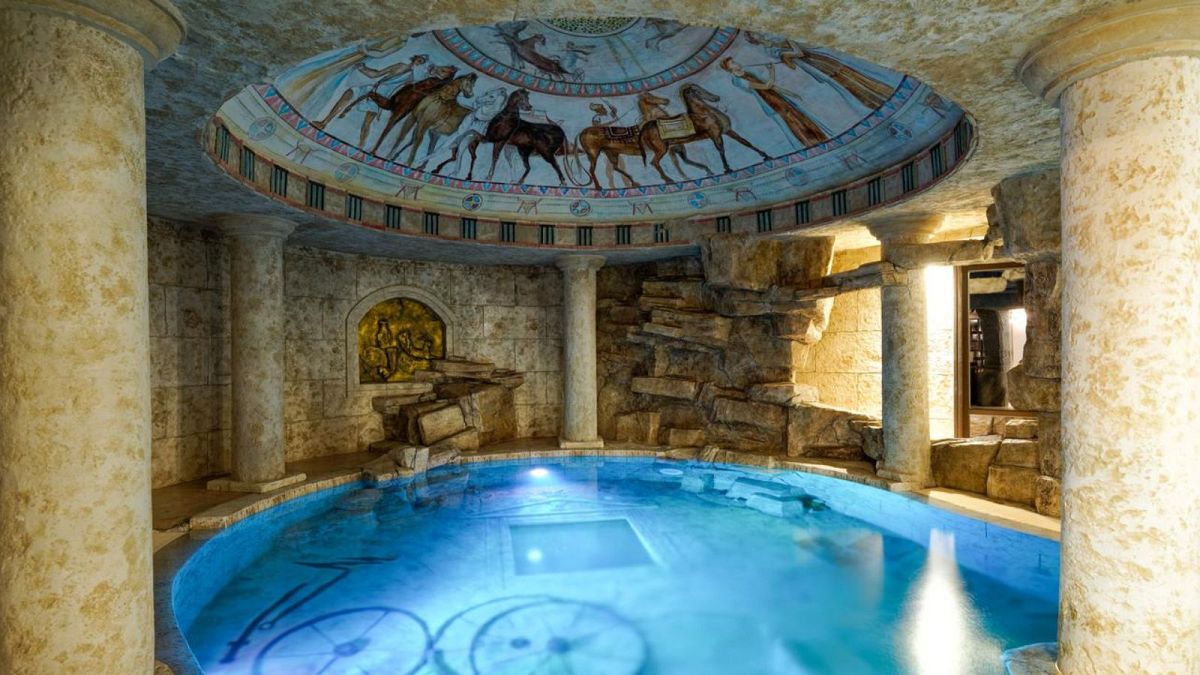Former al-Qaeda leader al-Golani rebrands as pluralist amid doubts

Ahmad al-Sharaa, formerly Abu Mohammed al-Golani, has evolved from an al-Qaida affiliate leader to a rebranded figure promoting pluralism as Syria’s insurgency topples Assad. Despite his attempts at moderation, doubts remain about his democratic intentions.
A jihadist and an extremist? Or a new face of a modern and tolerant Syria?
Abu Mohammed al-Golani, the militant leader whose insurgency toppled President Bashar Assad, has long pursued a political and military agenda.
He has shifted his political stance many times to gain support and at times defied orders to eliminate rivals.
Now, he is working hard to reinvent both his relationship with Syria and his public image, having renounced his ties to al-Qaida and portrayed himself as a champion of pluralism and tolerance.
Recently, the insurgency dropped his war name and began referring to him by his real name, Ahmad al-Sharaa. However, the extent of his transformation from jihadi extremist to would-be state builder is now put to the test.
With Assad in hiding and insurgents controlling the capital, Damascus, it remains uncertain how Syria will be governed.
Syria is home to multiple ethnic and religious communities, often divided by Assad’s regime and years of conflict. Many fear the rise of Sunni Islamist extremists. The country is also fragmented among various armed factions, with foreign powers like Russia, Iran, the United States, and Israel all involved, each with their own interests.
The 42-year-old al-Golani, labelled a terrorist by the United States, has not appeared publicly since Damascus fell early Sunday. However, he and his insurgent group, Hayat Tahrir al-Sham (HTS), many of whose fighters are jihadis, are now poised to play a major role.
For years, al-Golani manoeuvred within extremist organisations, eliminating rivals and former allies. He reassured Syria’s religious and ethnic minorities, forging ties with various tribes and other groups.
Along the way, al-Golani shed his identity as a hard-line Islamist guerrilla, opting for suits during press interviews. He spoke of building state institutions and decentralising power to better reflect Syria’s diversity.
“Syria deserves a governing system that is institutional, no one where a single ruler makes arbitrary decisions,” he said in an interview with CNN last week, offering the possibility that HTS would eventually be dissolved after Assad falls.
How did he cut his ties with al-Qaida?
Al-Golani’s ties to al-Qaida stretch back to 2003 when he joined extremists battling US troops in Iraq.
The Syrian native was detained by the US military but remained in Iraq. During that time, al-Qaida usurped like-minded groups and formed the extremist Islamic State of Iraq, led by Abu Bakr al-Baghdadi.
In 2011, when a popular uprising against Syria’s Assad triggered a brutal government crackdown and led to an all-out war, al-Baghdadi sent al-Golani to Syria to establish a branch of al-Qaida called the ‘Nusra Front’.
The US labelled the new group as a terrorist organisation and that designation still remains in place. Washington also has put a $10 million bounty on him.
Battled ISIS in the region
As Syria’s civil war intensified in 2013, so did al-Golani’s ambitions. He defied al-Baghdadi’s calls to dissolve the Nusra Front and merge it with al-Qaida’s operation in Iraq to form the Islamic State of Iraq and Syria, or ISIS.
Al-Golani nonetheless pledged his allegiance to al-Qaida, which later disassociated itself from ISIS. The Nusra Front battled ISIS and eliminated much of its competition among the Syrian armed opposition to Assad.
Islamic law with no tolerance
In his first interview in 2014, al-Golani said his goal was to see Syria ruled under Islamic law and made clear that there was no room for the country’s Alawite, Shiite, Druze and Christian minorities.
In 2016, al-Golani revealed his face to the public for the first time in a video message that announced his group was renaming itself “Jabhat Fateh al-Sham” — the Syria Conquest Front — and cutting its ties to al-Qaida.
“This new organisation has no affiliation to any external entity,” he said in the video, filmed wearing military garb and a turban.
HTS later clashed with independent Islamist militants, further emboldening al-Golani and his group as the leading power in northwestern Syria, able to rule with an iron fist.
Al-Golani to al-Sharaa
With his power consolidated, al-Golani began a transformation few could have imagined. Replacing his military garb with a shirt and trousers, he began calling for religious tolerance and pluralism.
He appealed to the Druze community in Idlib, which the Nusra Front had previously targeted, and visited the families of Kurds who were killed by Turkish-backed militias.
In 2021, al-Golani had his first interview with an American journalist on PBS. Wearing a blazer, with his short hair gelled back, the now more soft-spoken HTS leader said that his group posed no threat to the West and that sanctions imposed against it were unjust.
So, who will the Syrians have as their new leader? Abu Mohammed al-Golani, with his strong convictions for an Islamic State or Ahmad al-Sharaa, with his soft approach mitigating different factions of society where a democracy with decentralised governance is possible?
World News || Latest News || U.S. News
Source link



